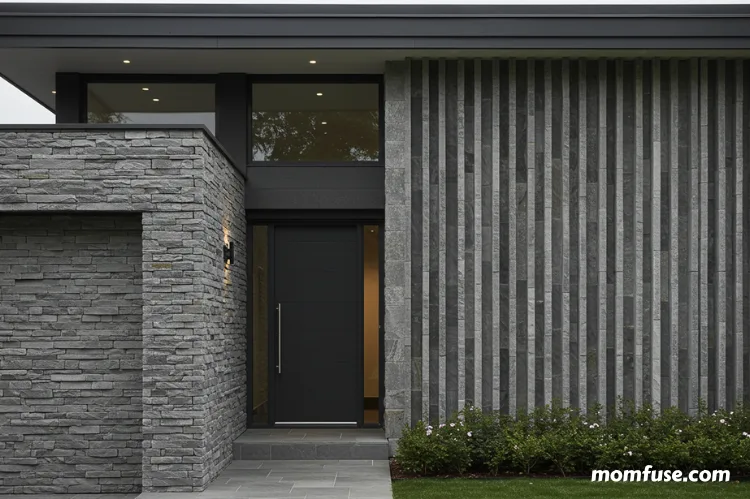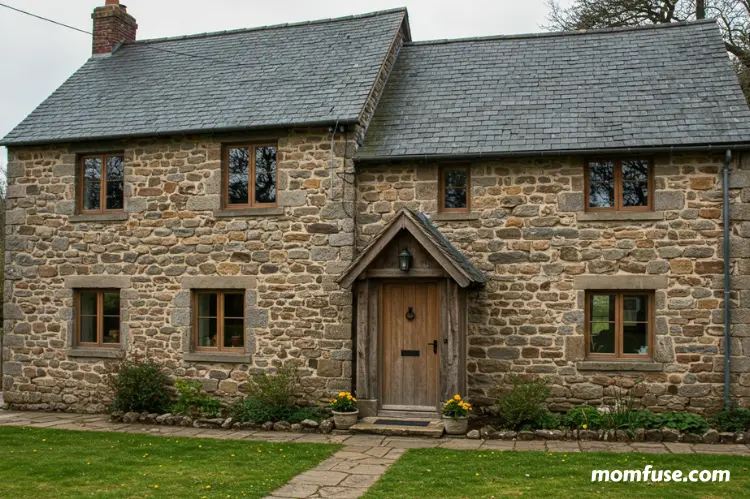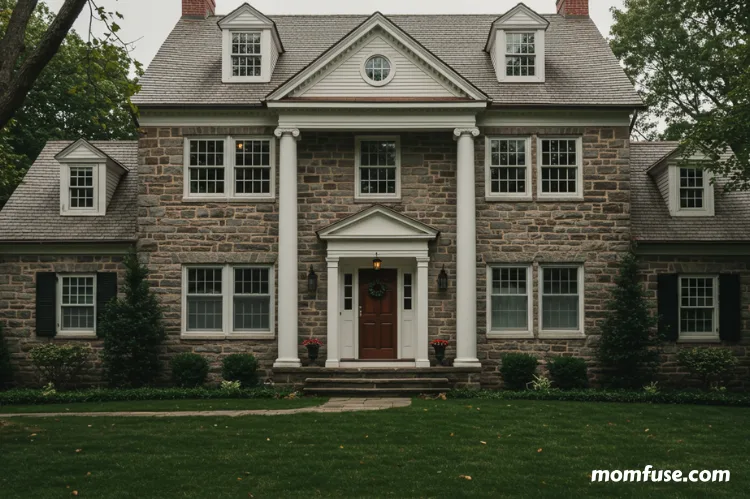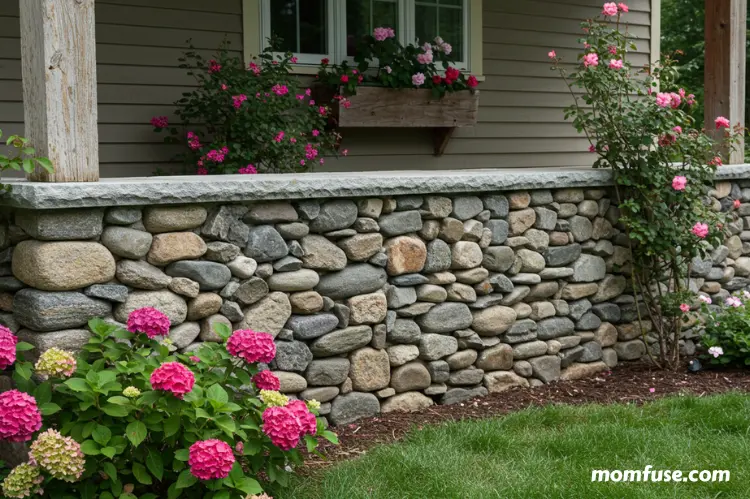Upgrading your home’s exterior with stone veneer instantly adds character, curb appeal, and value. But with so many styles available, it can be hard to decide which best suits your home’s architecture and your personal taste. Some styles bring a rustic, natural charm, while others provide a clean, modern finish.
Whether you’re taking on a DIY project or hiring professionals, knowing the most popular stone veneer styles—and how they differ—helps you make the right choice for your exterior design.
In this guide, we’ll break down the top stone veneer styles, their features, and their pros and cons so you can find the perfect match for your project.
1. Ledgestone Veneer

Description
Ledgestone veneer is one of the most popular choices for exterior design. It features long, narrow pieces stacked tightly together, creating a clean yet textured look. Its linear layout provides a modern twist while still maintaining a natural stone feel.
If you want to see real examples and options, check out sources like https://ixlbuild.com/categories/stone/ for inspiration before starting your project.
Pros
- Contemporary Appeal: Perfect for homeowners wanting a sleek, updated look.
- Low Maintenance: The tight stacking minimizes gaps, reducing places for dirt or debris.
- Versatile Design: Works well for entire facades, accent walls, or entryways.
Cons
- Professional Installation Recommended: The narrow stones require careful alignment for a seamless finish.
- Less Rustic: May not suit homes aiming for a traditional, countryside feel.
2. Fieldstone Veneer

Description
Fieldstone veneer mimics the look of stones gathered from fields—rounded, irregular shapes with a naturally rugged charm. It’s ideal for homeowners seeking a classic, old-world aesthetic.
Pros
- Rustic Character: Perfect for cottages, cabins, or traditional-style homes.
- Timeless Look: A style that never goes out of fashion.
- Design Flexibility: Stones can be arranged randomly for a truly natural appearance.
Cons
- Longer Installation Time: Irregular shapes require more planning and fitting.
- Higher Skill Level Needed: Achieving a balanced, attractive layout takes experience.
3. Ashlar Veneer

Description
Ashlar veneer consists of rectangular, cut stones arranged in a uniform pattern. It delivers a formal, structured look often seen in upscale, classic homes.
Pros
- Elegant Finish: Ideal for traditional or colonial-style exteriors.
- Symmetrical Design: The geometric layout creates a polished, high-end appearance.
- Durable and Weather-Resistant: Flat, even surfaces handle harsh weather well.
Cons
- Less Natural Texture: The clean lines may lack the rugged charm of irregular stone styles.
- Less Customizable: Works best with uniform layouts, so fewer opportunities for creative patterns.
4. Castle Stone Veneer

Description
Castle stone veneer features large, block-like stones that resemble those used in medieval castles. This style brings a bold, dramatic look to any exterior.
Pros
- Distinctive Appearance: Perfect for creating a statement façade.
- Strong and Sturdy Look: Adds a sense of permanence and grandeur.
- Works Well on Large Surfaces: Ideal for tall walls or big exterior facades.
Cons
- May Overwhelm Smaller Homes: Best suited for properties with ample exterior space.
- Limited Style Versatility: Bold appearance doesn’t suit every architectural style.
5. River Rock Veneer

Description
River rock veneer consists of smooth, rounded stones reminiscent of those found in riverbeds. It gives homes a warm, inviting, and slightly rustic charm.
Pros
- Natural and Organic: The rounded stones feel relaxed and approachable.
- Perfect for Accents: Works beautifully for chimneys, porch walls, or garden features.
- Soft Visual Appeal: Rounded shapes soften sharp architectural lines.
Cons
- Less Formal: May not suit modern or highly structured homes.
- Can Appear Busy on Large Surfaces: Works best in small to medium-sized applications.
Choosing the Right Stone Veneer Style
When selecting a stone veneer style for your exterior design, consider the following factors:
- Architectural Style: Match the stone to your home’s design. Modern homes often suit ledgestone or ashlar, while cottages look great with fieldstone or river rock.
- Project Size: Large surfaces can handle bold styles like castle stone, while smaller areas look better with lighter textures.
- DIY vs. Professional Installation: Some styles, like ledgestone panels, are DIY-friendly, while irregular stones often require professional skills.
- Budget: Uniform styles like ashlar may require less labor time, while intricate styles like fieldstone can be more costly to install.
Conclusion
Stone veneer offers endless possibilities for transforming your home’s exterior. Styles like ledgestone and ashlar create a clean, modern aesthetic, while fieldstone, river rock, and castle stone bring warmth, texture, and traditional charm.
The right choice comes down to your home’s architecture, the look you want to achieve, and how much time or budget you’re willing to invest. By understanding the pros and cons of each style, you can confidently choose a stone veneer that elevates your exterior design and adds lasting beauty to your home.
Read Next: Stylish and Durable Laminate Flooring for Modern Homes

